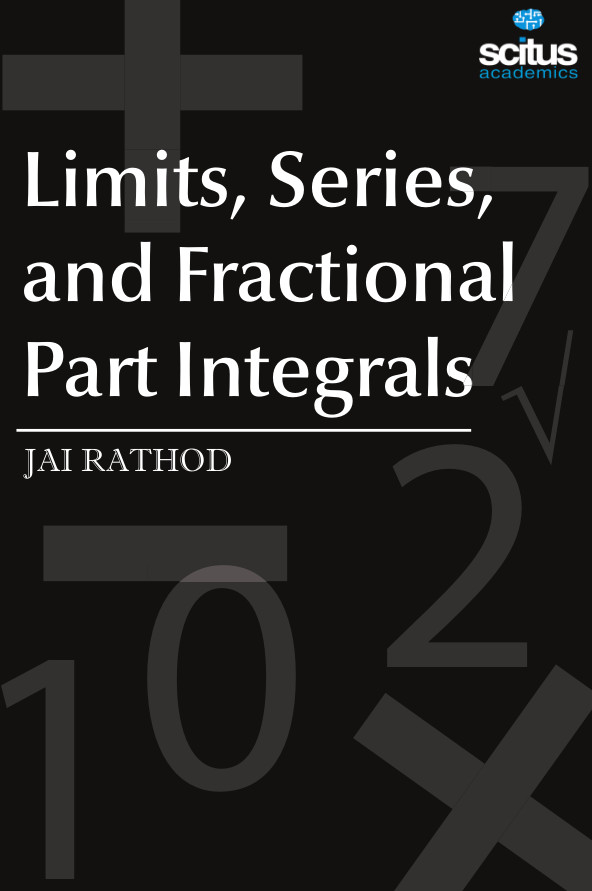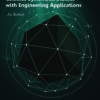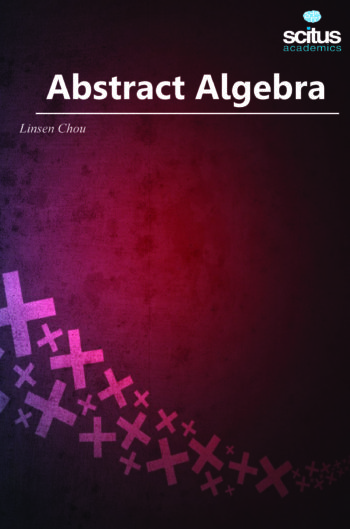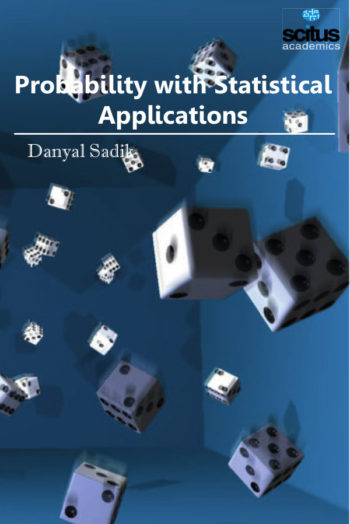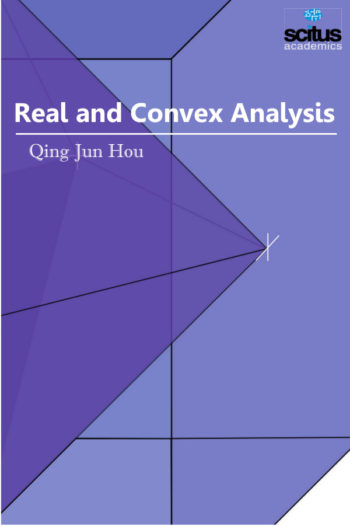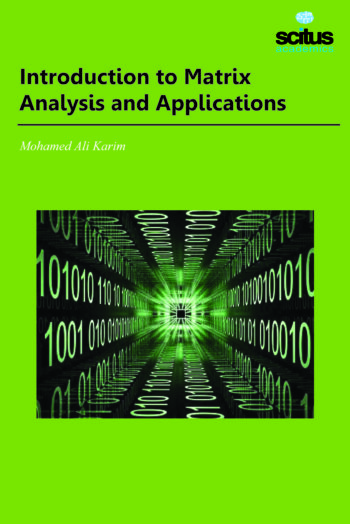In mathematics, limits in the value that a function or sequence “approaches” as the input or index approaches some value. Limits are essential to calculus (and mathematical analysis in general) and are used to define continuity, derivatives, and integrals. Many times, a function can be undefined at a point, but we can think about what the function “approaches” as it gets closer and closer to that point (this in the “limit”). Other times, the function may be defined at a point, but it may approach a different limit. There are many times where the function value in the same as the limit at the point. Either way, this is a powerful tool as we start thinking about slope of a tangent line to curve. We often attempt to find the limit at a point where the function itself in not defined. In mathematic, a series is, informally speaking, the sun of the terms if an infinite sequence. The sum of a finite sequence has defined first and last terms, whereas a series continues indefinitely. The terms of the series are often produced according to a rule, such as by a formula, or by an algorithm. Fore emphasizing that there are an infinite numbers of terms, a series is often called an infinite series. The study on infinite series is a major part of mathematical analysis. Series are used in most areas of mathematical, even for studying finite structures, through generating function. The fractional part of a non-negative real number x is the excess beyond that numbers integer part. This book offers an unusual collection of problem—many of them original – specializing in three topics on mathematical analysis; limits, series, and fractional part integrals. This book should be of immense valuable for undergraduate students with a strong background in analysis; graduate students in mathematical, physics, and engineering; and anyone who works on topic at the crossroad between pure and applied mathematics.

